Photo Gallery for Palpita magniferalis - Splendid Palpita Moth | 264 photos are available. Only the most recent 30 are shown.
|
 | Recorded by: John Petranka on 2024-09-04
Orange Co.
Comment: |  | Recorded by: Mark Basinger on 2024-08-25
Wilson Co.
Comment: |
 | Recorded by: Owen McConnell on 2024-08-19
Graham Co.
Comment: |  | Recorded by: Mark Basinger on 2024-08-03
Mitchell Co.
Comment: |
 | Recorded by: Stephen Dunn on 2024-07-30
Orange Co.
Comment: |  | Recorded by: David George, Jeff Niznik, Patrick Coin, Steve Hall, Carol Tingley, Tom Howard on 2024-07-27
Chatham Co.
Comment: |
 | Recorded by: Jim Petranka on 2024-07-26
Madison Co.
Comment: | 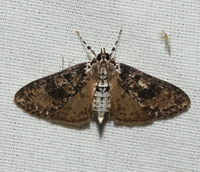 | Recorded by: David George on 2024-07-15
Chatham Co.
Comment: |
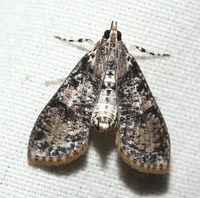 | Recorded by: David George, Jeff Niznik on 2024-07-08
Chatham Co.
Comment: |  | Recorded by: Maurice Cullen, Todd Pusser, F. Williams, S. Williams on 2024-07-08
Gates Co.
Comment: |
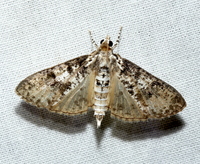 | Recorded by: David George on 2024-07-04
Chatham Co.
Comment: |  | Recorded by: David George, Jeff Niznik, Stephen Dunn on 2024-06-29
Chatham Co.
Comment: |
 | Recorded by: Mark Basinger on 2024-06-23
Yancey Co.
Comment: |  | Recorded by: David George, Stephen Dunn, Jeff Niznik, Patrick Coin on 2024-06-22
Chatham Co.
Comment: |
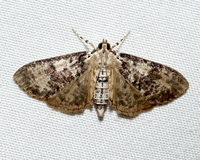 | Recorded by: David George, Stephen Dunn, Jeff Niznik, Patrick Coin on 2024-06-22
Chatham Co.
Comment: | 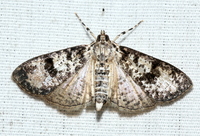 | Recorded by: David George, Stephen Dunn, Jeff Niznik, Patrick Coin on 2024-06-22
Chatham Co.
Comment: |
 | Recorded by: John Petranka on 2024-06-19
Watauga Co.
Comment: | 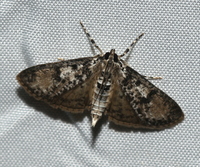 | Recorded by: David George, Steve Hall, Patrick Coin, Mark Basinger on 2024-06-16
Chatham Co.
Comment: |
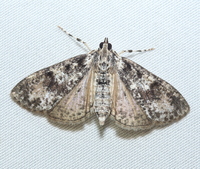 | Recorded by: David George, Jeff Niznik on 2024-06-10
Chatham Co.
Comment: |  | Recorded by: Jim Petranka on 2024-06-05
Madison Co.
Comment: |
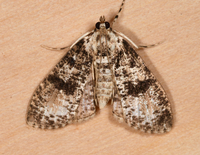 | Recorded by: Jim Petranka and Becky Elkin on 2024-06-03
Madison Co.
Comment: | 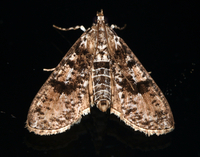 | Recorded by: Jim Petranka on 2024-06-02
Madison Co.
Comment: |
 | Recorded by: David George, Jeff Niznik on 2024-06-01
Chatham Co.
Comment: | 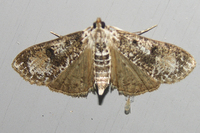 | Recorded by: Owen McConnell on 2024-05-26
Graham Co.
Comment: |
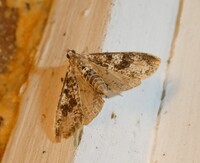 | Recorded by: Simpson Eason on 2024-05-21
Durham Co.
Comment: | 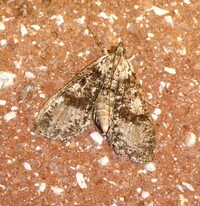 | Recorded by: Simpson Eason on 2024-05-19
Durham Co.
Comment: |
 | Recorded by: Jim Petranka on 2024-05-14
Madison Co.
Comment: |  | Recorded by: David George, Rich Teper on 2024-05-13
Chatham Co.
Comment: |
 | Recorded by: David George, Rich Teper on 2024-05-13
Chatham Co.
Comment: |  | Recorded by: Jeff Niznik on 2024-05-13
Madison Co.
Comment: |
|